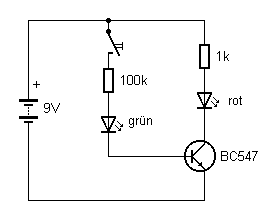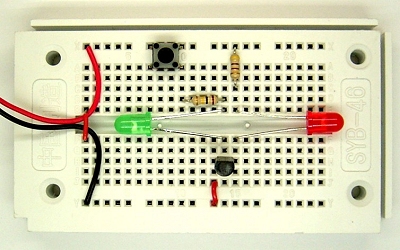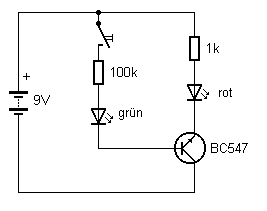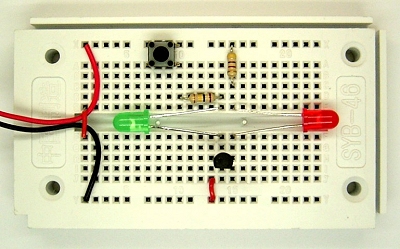

| 1 Introduction 7 2 Experiments with LEDs 17 2.1 Limited current 17 2.2 Colour change 19 2.3 Blocked current 20 2.4 Everything in parallel 21 2.5 The curves of a LED 22 2.6 All connected in series 25 3 Capacitors 27 3.1 Energy storage 27 3.2 Long and short periods 29 3.3 Change direction 30 4 Basic transistor circuits 33 4.1 More power! 33 4.2 Poled in a different way 36 4.3 Electronic one-way streets 37 4.4 Inverted 39 4.5 Light for one minute 41 4.6 When it dawns 42 4.7 Current gain squared 43 | 4.8 An uneven pair 46 4.9 The LED learns to see 48 4.10 Constant brightness 49 4.11 Mirrored current 51 5 AF amplifiers 53 5.1 A cracking noise from the speaker 53 5.2 Amplified sounds 55 5.3 Volume rise with two stages 57 5.4 Radio sound 59 5.5 Emitter follows base 62 5.6 In push-pull 63 6 Multivibrators 65 6.1 Flip and flop 65 6.2 Igniting and wiping 66 6.3 Triggered brightness 69 6.4 Fed back 71 7 Indicator circuits and oscillators 73 7.1 Strictly alternating 73 7.2 On and off 74 7.3 The brighter the higher 77 | 7.4 Voltage controls sound 78 7.6 Sawtooth 80 8 Operational amplifiers 83 8.1 Amplify the tiniest difference 83 8.2 Comparison operation 85 8.3 Gain one 87 8.4 Voltage multiplied by two 87 8.5 Amplified sounds 89 8.6 Triangle and rectangle 91 9 The Timer NE555 95 9.1 Generating tones 95 9.2 Precisely clocked 98 9.3 The threshold is reached 99 9.4 Rapid pulse 100 9.5 Lie detector 102 10 Special applications 105 10.1 Charge-pumping 105 10.2 Short wave sounds 107 10.3 Wave-noise of the sea 108 10.4 Smooth flasher 110 |



